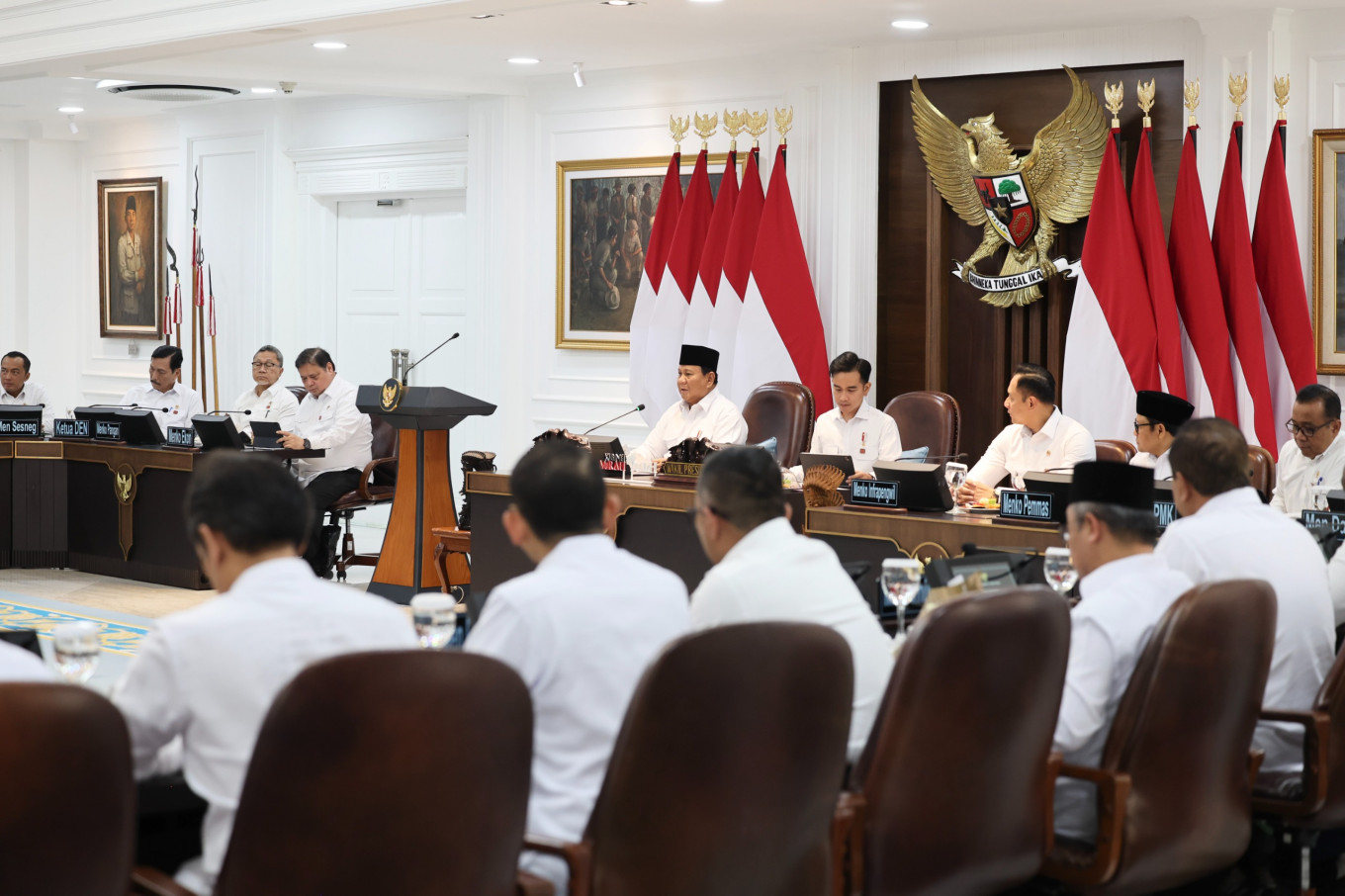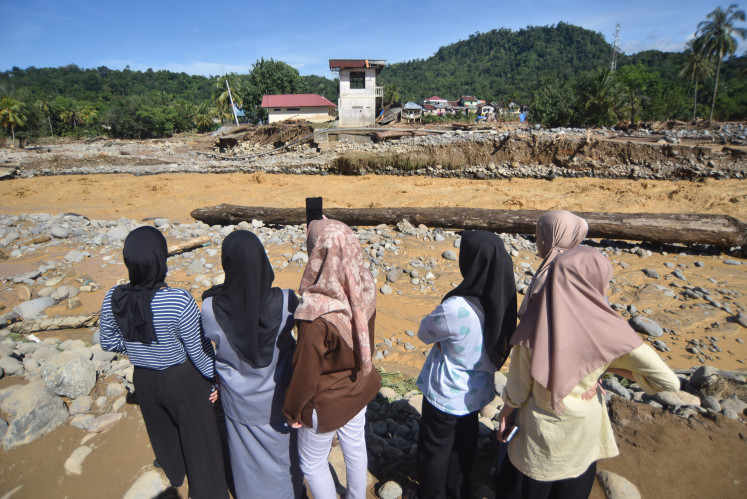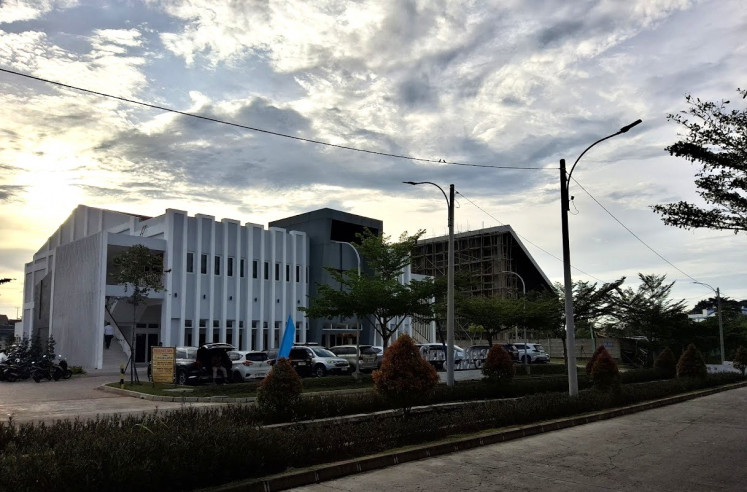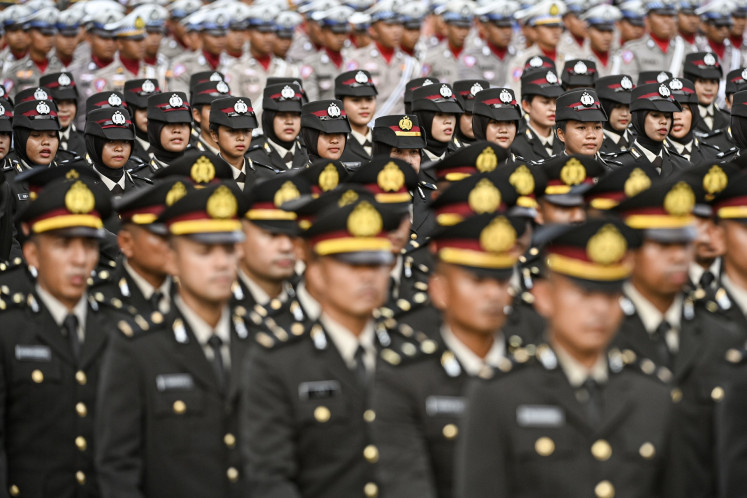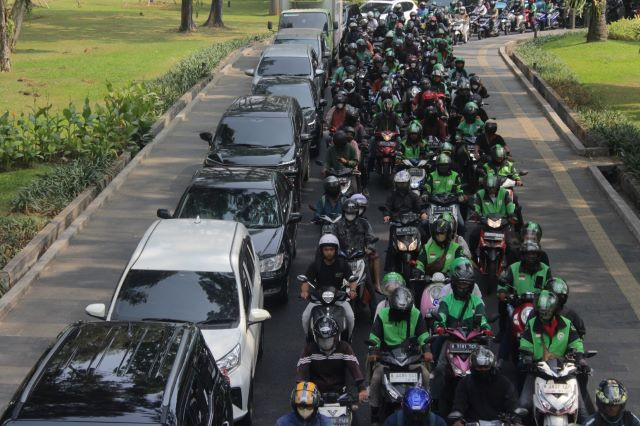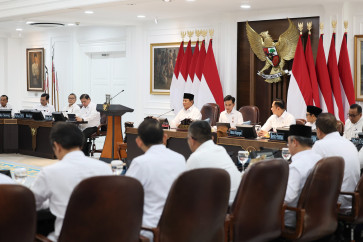Popular Reads
Top Results
Can't find what you're looking for?
View all search resultsPopular Reads
Top Results
Can't find what you're looking for?
View all search resultsDecision-making in the face of chaos
Decision-making requires framing the problem correctly, surveying the terrain, updating data and information sources accordingly and settling on a model to evaluate competing choices.
Change text size
Gift Premium Articles
to Anyone
W
e are facing greater uncertainty, economically, geopolitically, socially, than at any time in recent memory. In these conditions, it is crucial for CEOs, policymakers, investors and other decision-makers to draw on a wider set of data sources and sift through more signals of varying quality and reliability. Moreover, they must do this in a world that is absorbing the effects of deglobalization, amid heightened international tensions and fast-moving technological developments like the diffusion of AI. Here and in other areas, private individuals and companies whose activities could affect all of society are operating with little regulation or oversight.
Decision-makers therefore must account for a variety of risks. Overwhelmed by the sheer volume of data and the depths of today’s uncertainty, they could simply do nothing, but that, too, is a decision with potentially significant consequences.
Those leading large organizations or setting policy also must be wary of relying on data or models that do not adequately reflect today’s changing macro, geopolitical and market dynamics. Poor decision-making, misallocations of assets or bad policy are particularly worrisome now that tail risks appear to be elevated. Under such conditions, the costs of any incorrect decision are likely to be amplified substantially.
Decision-making requires framing the problem correctly, surveying the terrain, updating data and information sources accordingly and settling on a model to evaluate competing choices. Each stage of this sequence, what the military strategist John Boyd called the OODA loop (observe, orient, decide, act), must be constantly revisited to reflect structural changes.
Framing the problem correctly implies clearly identifying your overarching goal. A corporation wants to maximize profit and shareholder value, just as a policymaker may want to maximize citizens’ living standards. In either case, decision-makers must identify and focus on those areas where they have actual control, such as resource deployment, cost-cutting priorities or the overall strategic direction (asking, for example, which regions you should operate in).
The second task is to recognize the dynamics that are determining your operating conditions. The COVID-19 pandemic underscored the fact that the landscape can be far more complex than one may have initially thought. What was originally seen as a single-player problem with a set time horizon, as a health issue that would be resolved within a year once a vaccine was released, soon proved to be a multi-player problem with shifting time horizons.
From public health and the economy to educational and social settings, the pandemic affected all areas of civic life. Five years later, the world is still dealing with pandemic-related issues, including high government debt burdens, mental illness and lower educational attainment.

